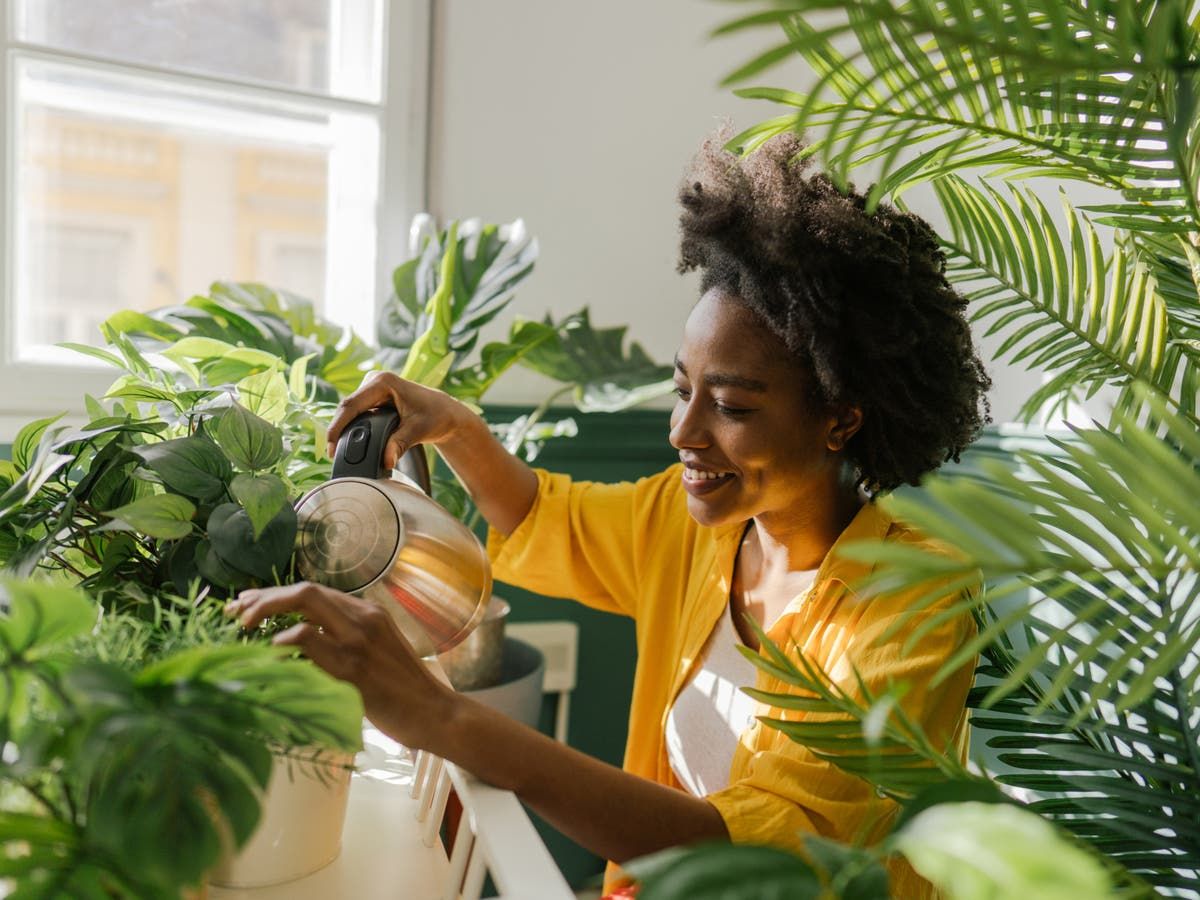Plants will feel the heat as summer raises temperatures a little higher.
With temperatures rising each year, it's important to know how to protect your plants to help them survive the upcoming heat waves and hot days. From watering your plant friends to placing them in shady corners, there is no shortage of simple tricks that guarantee that summer is bearable.
According Home & Garden According to expert Rachel Crow, a basic way to relieve heat stress is to strategically water plants when the sun is not at its maximum power, specifically at dusk or dawn.
“Water container plants generously, ideally in the evening, once the sun has moved away from the garden, which will give enough time for the water to soak into the soil before temperatures rise again the next day,” Crow explained. “Otherwise, water them early in the morning. Soak the soil well and try to avoid getting the foliage too wet.”
He added: “Never water plants in full sun, as the water will simply evaporate and you will waste water and time.”
“Potted plants will probably need daily watering, possibly even twice a day, during a heat wave,” he continued. “But take a cue from the plant itself and see if it is wilting and appears thirsty. Just as you don't want it to dry out, you also don't want to go to the other extreme and overwater it.”

Unfortunately, containers like terracotta pots can be particularly damaging in the heat if they are not sealed properly, causing moisture to evaporate and plants to dry out. Plastic containers will also not withstand the strong sun along with darker colored containers. Experts recommend transplanting plants from these containers to lighter ones.
Moving vulnerable potted plants out of direct sunlight can be another way to prevent dehydration, especially in the middle of the day. However, if plants cannot be moved easily, Crow recommends building a shady spot using shade cloth, which filters sunlight and provides UV protection. Shade cloths come in different grades, allowing you to choose how much sunlight you want your plants to receive from it.
Protecting plant roots with mulch is another way to help your plants beat the heat, as mulch helps roots retain moisture. By placing a three-inch layer of mulch in containers and borders around the plant, GreenHouse experts said Home & Garden It can prevent heat from penetrating into the ground.
“If you put this thick layer down, the top few inches of soil where the most root activity occurs will stay moist and cool,” they said. “This will increase the yield of your crops if you are a horticulturist and reduce the amount of irrigation needed no matter what you are growing.”
Planting smaller, more vulnerable plants alongside larger ones that offer shade is another easy way to ensure protection from the heat without drastically changing the garden. Be sure to figure out how to strategically place these larger, heat-tolerant plants in a way that doesn't disrupt the status quo of your garden.












